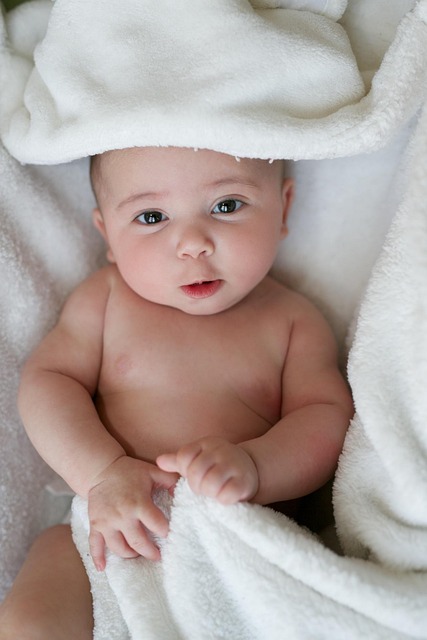Like many families formed through transracial adoption, my daughter and I often draw a bit more attention when we venture out together than the typical mother-child pair. I like to think it’s because my daughter is irresistibly cute (and she truly is) or perhaps because I have the glamorous aura of a 36-year-old model (though my BMI and unique talent for looking awkward in pictures suggest otherwise).
Most of the attention we receive is positive. My daughter is a joyful child, usually either quietly observing or giggling away. I know I might be tempting fate by saying this, but she rarely has a public meltdown—as long as she’s well-fed and rested. For a one-year-old, that’s quite unusual, and I fully expect that someday I might find myself carrying her out of a store like a wriggling bundle of energy.
I welcome the compliments. Who doesn’t enjoy hearing that their child is amazing? However, there are also intrusive comments, probing questions, and judgmental looks that I could certainly do without. My daughter is black, while I am what I refer to as “aggressively Caucasian,” with fair skin and blue eyes. My husband is even fairer, practically blindingly pale in sunlight.
It’s abundantly clear to anyone observing us that my daughter didn’t come from my own body. Yes, she was adopted at birth. Yes, raising a child of a different race, particularly a black child in America, presents unique challenges and considerations that we wouldn’t encounter if we had adopted a child who mirrored our own racial background. We are well aware of this. We’ve read extensively on the subject, completed online training, and consulted friends who have also adopted transracially. We carefully considered our openness to different races when filling out our agency’s questionnaire.
I understand that curiosity is natural. Some people are genuinely interested in adoption as a way to grow their families or have personal connections to the topic. These individuals typically ask polite, straightforward questions—like which agency we used or what a home study entails—before offering a compliment and moving on with their shopping. I appreciate these interactions, and regardless of how tired or disheveled I may be, I strive to respond graciously.
The issue arises with a different type of person, and it can often be difficult to discern whether someone is a genuine inquirer or a more intrusive individual until it’s too late. These are the people who want to know the age of my daughter’s birth mother and make unjust assumptions about her character. They masquerade as curious, but their real motive is to elicit a narrative that reinforces their own biases regarding women, people of color, or other marginalized groups. They come with an agenda rooted in a sense of superiority, and I have no time for that. I am not a living encyclopedia of adoption or a racial tolerance coach. I owe you nothing—no explanations, no backstory, and no insight into my family’s journey.
Some adoptive parents feel obligated to serve as ambassadors for adoption, believing they should answer questions with enthusiasm, regardless of the context. While I respect their approach, I don’t share that sentiment.
Adoption was simply how we chose to create our family. Families make these choices every day—whether it’s a couple deciding to get a vasectomy once they feel complete or parents considering when to start trying for another child to space their kids appropriately. Increasingly, hopeful parents turn to fertility treatments to expand their families.
The only distinction between their choices and mine is that theirs aren’t as visibly apparent. Would you approach a mother with several children who seem close in age and ask why she didn’t space them out more? Would you question a family with one child about when they plan to have a second? Probably not—especially not if you’re a stranger. So, why is it acceptable to pry into the lives of families formed through adoption? It shouldn’t be.
I’m not asking for much here. I simply want to navigate the grocery store in peace, ponder the rising avocado prices, and get lost in the adorable clothes at Target, ultimately spending more than I intended. I want to push my child on the swing at the park to tire her out for a good night’s sleep. This is what ordinary parents do outside their homes, and let me remind you, we are just a normal family too.
If you’re interested in more insights on family building, check out this resource on donor insemination, which is an excellent guide on the subject. For more about fertility options, visit our piece on fertility boosters for men. You can also explore more about family dynamics at Modern Family Blog.
In summary, I refuse to feel obligated to explain my family’s makeup to anyone. My daughter and I are simply enjoying our time together like any other family, and it’s high time that people respect our boundaries.
